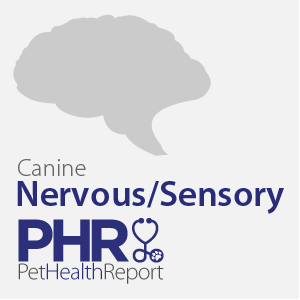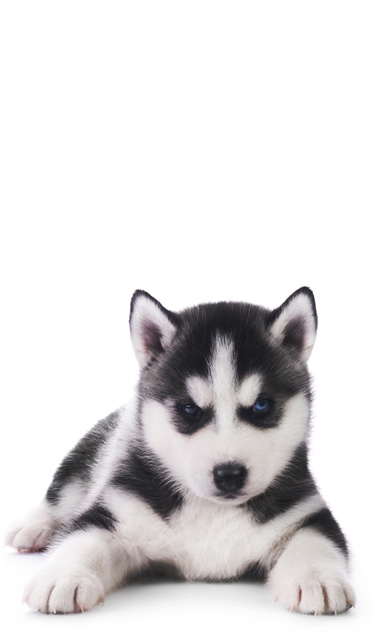April 29, 2015

Glaucoma in dogs
By admin | Airedale Terrier, Airedale Terrier Cross, Akita Inu, Akita Inu Cross, Alsatian, Alsatian Cross, American Akita, American Akita Cross, American Cocker Spaniel, American Cocker Spaniel Cross, American Staffordshire Terrier, American Staffordshire Terrier Cross, American Water Spaniel, American Water Spaniel Cross, Antartic Husky, Antartic Husky Cross, Bedlington Terrier, Bedlington Terrier Cross, Bernese Mountain Dog, Bernese Mountain Dog Cross, Bichon Frise, Bichon Frise Cross, Black and Tan Coonhound, Black and Tan Coonhound Cross, Bloodhound, Bloodhound Cross, Boston Terrier, Boston Terrier Cross, Bouvier Des Flandres, Bouvier Des Flandres Cross, Boxer, Boxer Cross, British Bulldog, British Bulldog Cross, Bull Terrier, Bull Terrier Cross, Bullmastiff, Bullmastiff Cross, Cavalier King Charles Spaniel, Cavalier King Charles Spaniel Cross, Cavoodle, Cheasapeake Bay Retriever, Cheasapeake Bay Retriever Cross, Chihuahua, Chihuahua Cross, Chow Chow, Chow Chow Cross, Clumber Spaniel, Clumber Spaniel Cross, Cocker Spaniel, Cocker Spaniel Cross, Curly Coated Retriever, Curly Coated Retriever Cross, Dachshund - Long Haired, Dachshund - Long Haired Cross, Dalmatian, Dalmatian Cross, Dandie Dinmont Terrier, Dandie Dinmont Terrier Cross, Disease, Doberman Pinscher, Doberman Pinscher Cross, Dobermann, Dobermann Cross, Dog, English Pointer, English Pointer Cross, English Setter, English Setter Cross, English Springer Spaniel, English Springer Spaniel Cross, English Toy terrier, English Toy terrier Cross, Flat Coated Retriever, Flat Coated Retriever Cross, Fox Terrier Wire, Fox Terrier Wire Cross, French Bulldog, French Bulldog Cross, German Shepherd, German Shepherd Cross, German Wire Haired Pointer, German Wire Haired Pointer Cross, Golden Doodle (Groodle), Golden Retriever, Golden Retriever Cross, Gordon Setter, Gordon Setter Cross, Great Dane, Great Dane Cross, Great Pyrenean, Great Pyrenean Cross, Hungarian Vizsla, Hungarian Vizsla Cross, Irish Red and White Setter, Irish Red and White Setter Cross, Irish Setter, Irish Setter Cross, Irish Water Spaniel, Irish Water Spaniel Cross, Irish Wolfhound, Irish Wolfhound Cross, Italian Spinone, Japanese Akita, Japanese Chin, Kerry Blue, Kerry Blue Cross, King Charles Spaniel, King Charles Spaniel Cross, Komondor, Kuvasz, Labradoodle, Labrador, Labrador Cross, Labrador Retriever, Labrador Retriever Cross, Leonberger, Leonberger Cross, Lhasa Apso, Lhasa Apso Cross, Maltese, Maltese Cross, Mastiff, Mastiff Cross, Miniature Bull Terrier, Miniature Dachshund, Miniature Dachshund - Smooth Haired, Miniature Dachshund - Wire Haired, Miniature Dachshund Cross, Miniature Dachshund- Long Haired, Miniature Doberman, Miniature Doberman Cross, Miniature Pinscher, Miniature Pinscher Cross, Miniature Poodle, Miniature Poodle Cross, Neopolitan Mastiff, Neopolitan Mastiff Cross, Nervous/sensory, Newfoundland, Newfoundland Cross, Norwegian Elk Hound, Old English Sheepdog, Old English Sheepdog Cross, Papillon, Papillon Cross, Pekingese, Pekingese Cross, Pinscher, Pinscher Cross, Plott Hound, Plott Hound Cross, Pomeranian, Pomeranian Cross, Poodle - Standard, Poodle - Standard Cross, Poodle - Toy, Poodle - Toy Cross, Pug, Pug Cross, Pyrenean Mountain Dog, Pyrenean Mountain Dog Cross, Rhodesian Ridgeback, Rhodesian Ridgeback Cross, Rottweiler, Rottweiler Cross, Saluki, Samoyed, Samoyed Cross, Schipperke, Schipperke Cross, Schnoodle, Shar-Pei, Shar-Pei Cross, Shetland Sheepdog, Shetland Sheepdog Cross, Shih Tzu, Shih Tzu Cross, Siberian Husky, Siberian Husky Cross, Spoodle, Springer Spaniel, Springer Spaniel Cross, St Bernard, St Bernard Cross, Sussex Spaniel, Sussex Spaniel Cross, Tibetan Spaniel, Tibetan Spaniel Cross, Tibetan Terrier, Tibetan Terrier Cross, Weimaraner, Weimaraner Cross, Welsh Corgi - Cardigan, Welsh Corgi - Cardigan Cross, Welsh Springer Spaniel, Welsh Springer Spaniel Cross, Whippet, Whippet Cross, Wire-Haired Terrier, Wire-Haired Terrier Cross, Wolfhound, Wolfhound Cross, Yorkshire Terrier, Yorkshire Terrier Cross | No CommentsBreeds exposed to Glaucoma – Research Reference German Shepherd Cross – University of Sydney (LIDA Dog Disease Database) Miniature Poodle Cross – University of Sydney (LIDA Dog Disease Database) Alsatian Cross – University…



